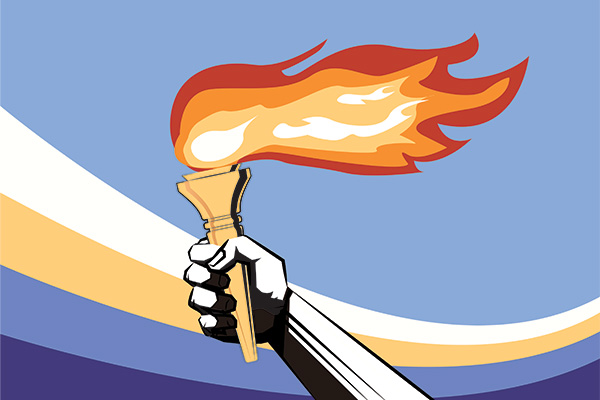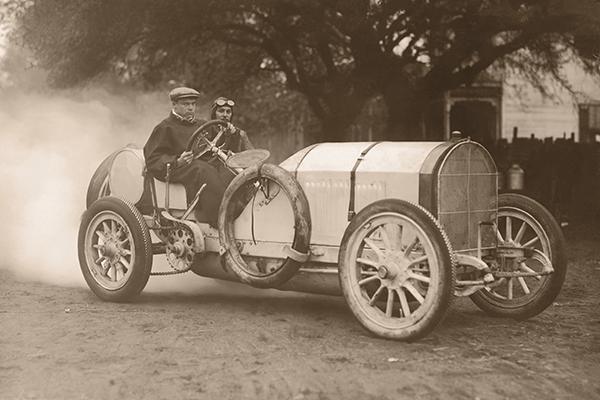Persevering Through Hardship

Article Highlights:
- How your dealership can come out on top during unstable times.
- Lessons to learn from prominent industry leaders.
Tough times don’t last, but tough teams do. Those who have a plan in place to sustain or reinvent themselves in an unstable market are the ones who will persevere. This is easier said than done. Not every team is built for accomplishment or will be known as one of the greats. Thinking outside of retail automotive, there are always lessons to learn that can be applied to your dealership. Let’s take a look at a few large organizations who have gone through challenging environments and ultimately came out on top.
Ford Motor Company
During the 2008 recession, Chrysler and General Motors declared bankruptcy and accepted a government bailout to stay afloat. Ford, however, declined the offer, putting their chances of survival in question, especially with a decreasing market share since the 90s.
Ford instilled “The One Ford Plan” – a plan to unify global operations, transform and simplify product lines, and refresh its company culture. This created an opportunity for executives to collaborate and revitalize once-popular models like the Taurus with innovative technology. Not only did these uniformed changes save Ford, but they positioned the brand as an industry leader.
Pabst Blue Ribbon
Established in Milwaukee, Wisconsin in 1844, the Pabst Blue Ribbon (PBR) brand was built on winning “America’s Best” at the World’s Columbian Exposition in 1893, which is where their present blue ribbon label derived from. Over the next hundred years, the company peaked at 18 million barrels sold. But with changing ownership and relocating headquarters having an effect on production, the brand’s sales were below one million barrels by 2001. It was during this time the company decided to reevaluate. They brought in a new CEO and a new brand manager. They took a hard look at their sales to identify where they mattered most. With this brought a new focus on their audience. They realized sales were more prominent in hipster areas of the country where younger people embraced the brand because of its no-frill image, lack of cheesy advertising, and affordability. Once the brand had a better understanding of their prime customer and what they were already doing well, it was just a matter of smarter marketing. They welcomed sponsoring “cool” events such as gallery openings rather than spending money on traditional advertising. Since 2001, national sales have increased by 165%[1].
LEGO
The Danish toy company has been on the shelves and beloved by children for decades. As they transformed their business from wood to plastic toys, they were always keen on adoption. But in 2004, the company was losing more than $300 million annually due to the rise of video games and other competition. The family-owned business brought in Jorgen Vig Knudstorp, the first non-family member, as the CEO. With this change, they decided to embrace the new world with a contemporary business model. Digital breakthroughs were going to be prominent in the 21st century and LEGO needed to be part of it. They scored licensee relationships with brands like Star Wars, Indiana Jones, and Batman. And in 2014, The LEGO Movie hit the box office, solidifying the company as a cultural force. With the addition of three more movies since 2014, LEGO has proven they can transform and adapt, resulting in returning profits and a financially secure future.
Looking Ahead
What do these three organizations have in common? Their adaption, investment in their business model, and focus on the customer experience. Anything can happen in the blink of an eye. You need people, process, and technology to help you through tough times. These three components are key to a successful dealership – not just now during unsettling times, but always when it’s your dealership’s name on the line. Maintaining your processes and updating your tools continuously, even when days are sunny, helps you stay strong and prepare for the tougher weather.
[1] Fast Company
Related Articles:

From Mailbox to Inbox: A Hybrid Approach to Reaching Your Customers
It’s easy to weigh the pros and cons of an email marketing strategy versus a direct mail one. Email marketing delivers your message to customers…

Crafting a Winning Story: Dealership Lessons from Olympic Opening…
While most dealerships aren’t getting Olympic-level coverage, it’s still important to think about what kind of story you’re conveying to consumers.

The Evolution of Cars and Consumer Expectations
Have you ever thought about how far the automotive industry has come since the creation of the first car? From three-wheeled cars to punch-inducing Volkswagen Beetles…

4 Things Every Dealership Can Do to Prepare for Future Success
Right now, your dealership is successful and running smoothly. That’s a great first step towards ensuring future success, but there’s always more work to do.…















